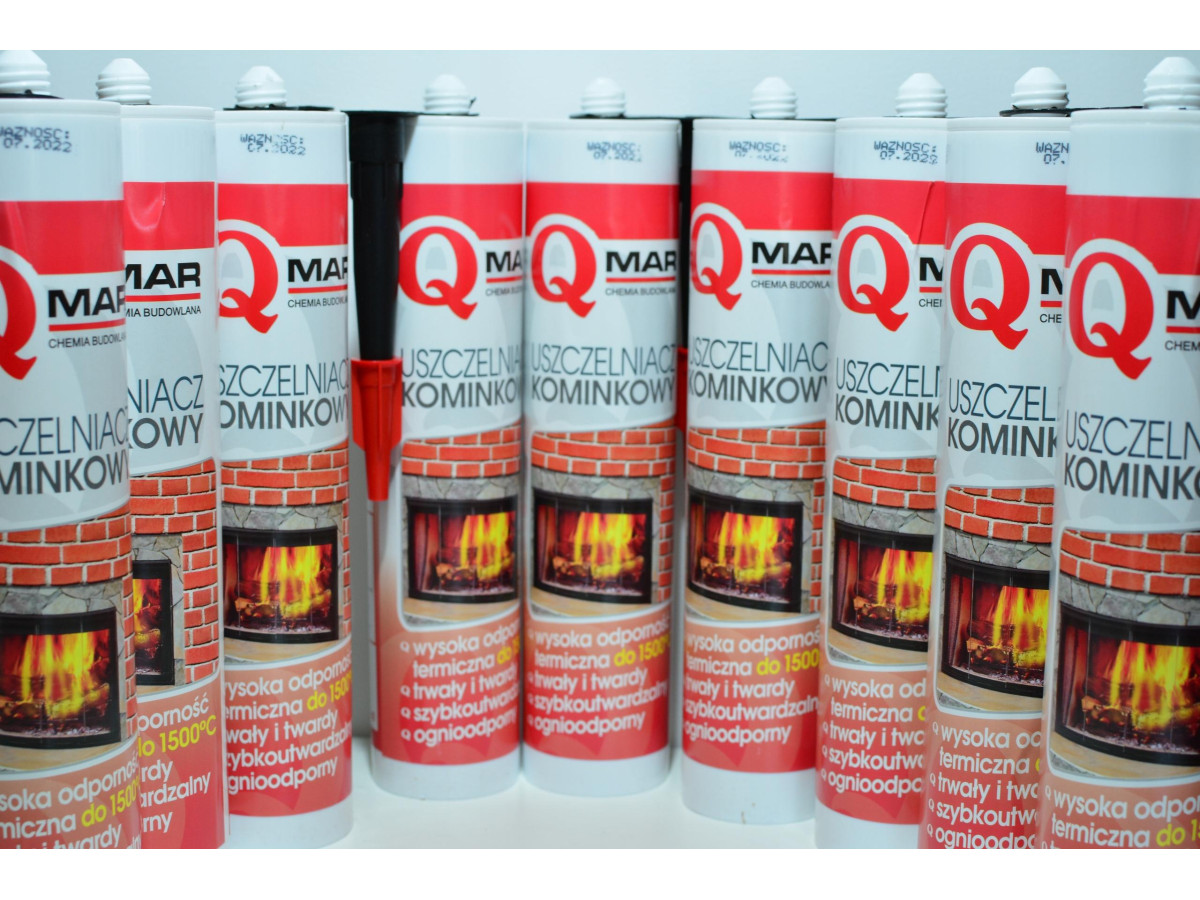Selecting a high temperature sealant is an important consideration in many industrial and residential applications. High Temperature Sealants are specifically designed for use in high temperature applications (high temperature silicone) where conventional sealants would not perform effectively. Here's how to choose the right high-temp sealant and how they differ from conventional sealants.
- Conventional sealants are used to seal windows, doors, and plumbing fixtures.
- High temperature sealants are used in the automotive, aerospace, furnace and boiler manufacturing and sealing industries.
How to choose a high temperature sealant

Selecting a high temperature sealant requires careful consideration of a number of factors that will ensure the product selected will meet the specific needs of your application. Below is a more detailed guide to help you select the appropriate high temperature sealant.
Determining Application Needs
Before choosing a sealant, it is important to clearly define the conditions in which it will be used:
- Maximum and Minimum Temperature - Specify the exact temperature range in which the sealant will be applied.
- External exposure - will the sealant be exposed to water, oils, solvents or chemicals?
- Mechanical loads – does the sealant need to withstand vibration, tension or compression?
Temperature Range
Select a sealant that not only can withstand the maximum temperature of your application, but also has some margin outside of that range. Some sealants can withstand temperatures up to 650°C or even higher, which is ideal for use in very hot environments such as automotive engines or industrial equipment.
Composition and type of sealant
Consider the type of sealant that is best suited for your application:
- Silicone sealants provide excellent flexibility and heat resistance, as well as resistance to water and most chemicals. They are ideal for fireplaces and stoves.
- Ceramic sealants are ideal for very high temperatures and provide excellent adhesion to metals and most materials.
- Epoxy sealants have high mechanical strength and chemical resistance, but may have a limited temperature range.

Chemical resistance
Selecting a sealant with adequate chemical resistance is critical to ensure long-term effectiveness in a given environment. Make sure the sealant is resistant to the substances it will come into contact with.
Please review the sealant curing method carefully:
- Sealants that cure at room temperature are easy to use and do not require additional equipment.
- Sealants that require heat to cure may provide better adhesion and heat resistance in some applications.
Selection tips:

- Consultation with a specialist: Before purchasing, it is recommended to consult with a specialist, especially when using sealant in specific conditions.
- Read reviews: Reviews from users who have already used the sealant in similar conditions can be helpful in making your choice.
- Product Testing: If possible, test a small amount of sealant on a small area before applying to a large project.
High temperature sealant is a key component to ensure reliability and durability in high temperature environments. Choosing the right product can have a significant impact on the success of your project or renovation.
.svg)

Write a comment